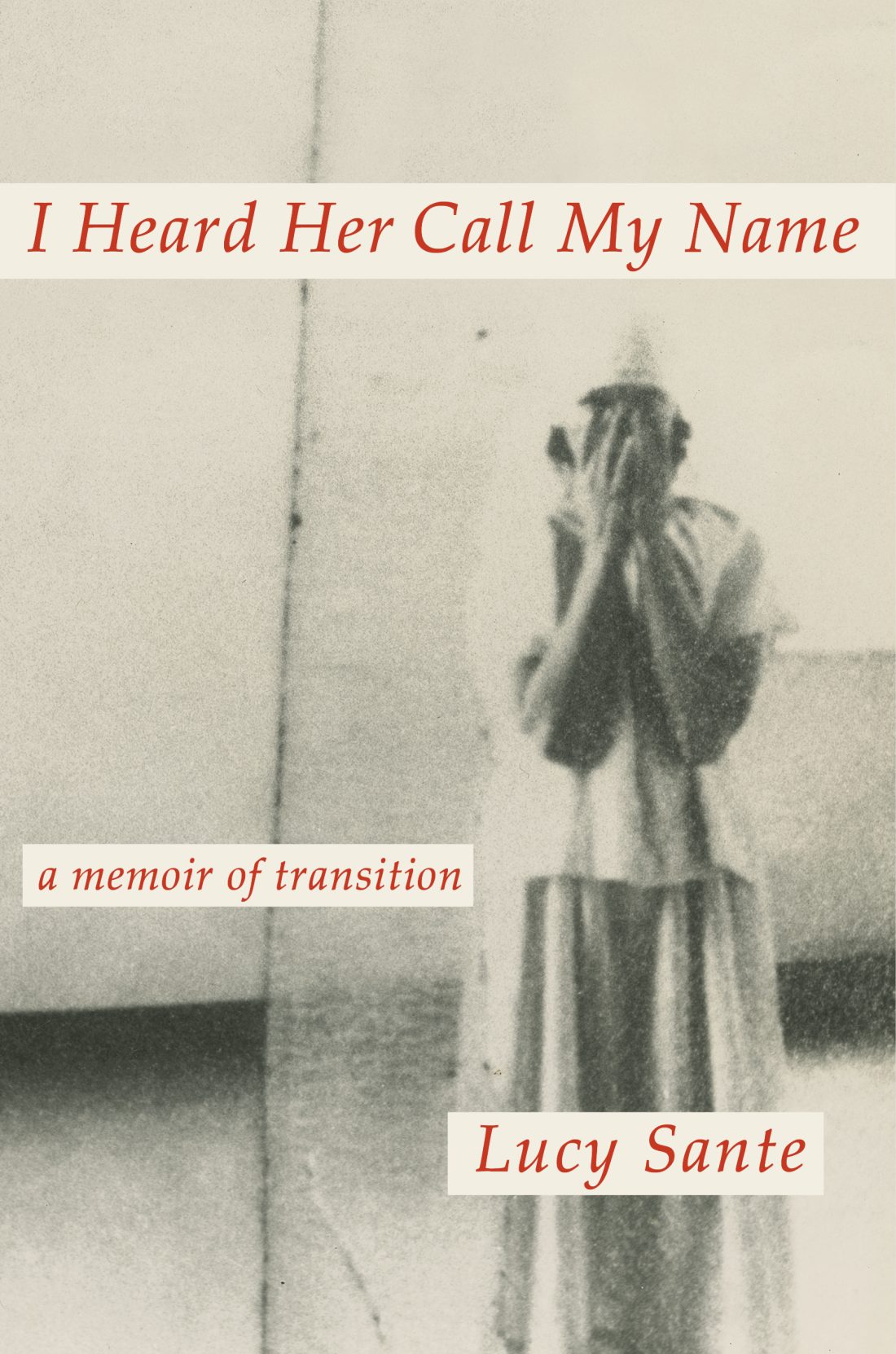On February 16th, 2021, a writer downloaded FaceApp and fed it some childhood photos. The program alters race, age, and—most crucially, in this case—gender, to give the subject some idea of what they might look like with slightly different genetic coding. The first photo is a revelation so the writer feeds the app more and more, eventually reconstructing a personal history through pictures that comports much closer to her inner life than the data she begins with. This is the day, Lucy Sante writes in her graceful and engaging new memoir, that the dam burst.
Early 2021 was a time of deep isolation for many due to COVID lockdown. But it was also a time to reexamine and explore. For all the people who briefly took up bread-baking or started a podcast to bide their time for a return to “normalcy”, others found aspects of themselves or their surroundings that needed a drastic reappraisal or even a gut rehab and went to it. Staring down a prolonged period of reflection, many of us found a lot we didn’t want to continue with or revert to. Few arrived at as dramatic an eye-opener as Sante: a smartphone app showed that despite living sixty-six years as a man, she was always a woman.
I was reserved and hard to know, had an endless supply of odd and peripheral information, was capable of a certain dark humor and occasionally handy with the bon mots—my work didn’t reflect me; I reflected it.
An author of nine previous books that cover a far-flung range of fascinations from the history of New York state’s reservoir system to esoteric subsets of film and music, Sante combines meticulous research with a gold-ear prose style to produce work that is accessible yet particular and distinct. Since first discovering her in the pages of the New York Review of Books in the 80s, I can spot Sante’s sentences within a few words. Like a favorite guitarist—it’s tough to put a finger on what separates the way they hit the same chord as a thousand others, but you know it right away all the same.
The first Sante book I read was 1998’s The Factory of Facts. Though also a memoir, it is in many ways the polar opposite of the new book. Detailed and thorough about Sante’s birthplace of Verviers, Belgium, as well as many anecdotes of her parents’ and relations’ lives, there’s a gaping void at its center that I Heard Her Call My Name fills. Organized in alternating braids of recent day accounts and snapshots going back to childhood and on, episodically throughout her life, it reintroduces the reader to the writer in real-time, as she’s getting to know her true self.
Barring grocery lists, I never wrote anything down that I would have been unwilling to have published. I curated my surroundings as a kind of rebus of cultural signs, only displaying faceup those items that would send a message about my judgment and my possession of secret knowledge. Nothing was left to chance in my world, except maybe furniture. I was trying at all times to mount a production titled Luc, written and directed and produced by and starring me, as I wanted to be seen, although I never got the impression anyone actually saw me that way.
A couple weeks after the FaceApp revelation, Sante began to share the news with her closest circle of friends and relations. I found out that May on my first visit to her home in the Hudson River Valley. With Sante’s permission, I wrote about the experience in my newsletter a week later. I’ve known my share of mostly young people in various states of transition, but Sante is the first person I consider a friend who’s going through it. She writes movingly about the regret of not starting the process sooner. But for many personal and societal reasons, it just wasn’t a possibility.
I had once described myself in print as a creature made entirely of doubt, most of it self-doubt, but I had now been given something like a Euclidean proof of an essential truth about me.
I thought I wouldn’t be writing about this book because gender transition is so far outside my personal experience. But just as she did with tenement living in early NYC, the original owners of long-lost 45s, and dozens of other motifs, Sante finds ways to tell the story with wit and in a way anyone could understand.
The fact she can live out whatever time she has left matching her inside and outside is a blessing.


